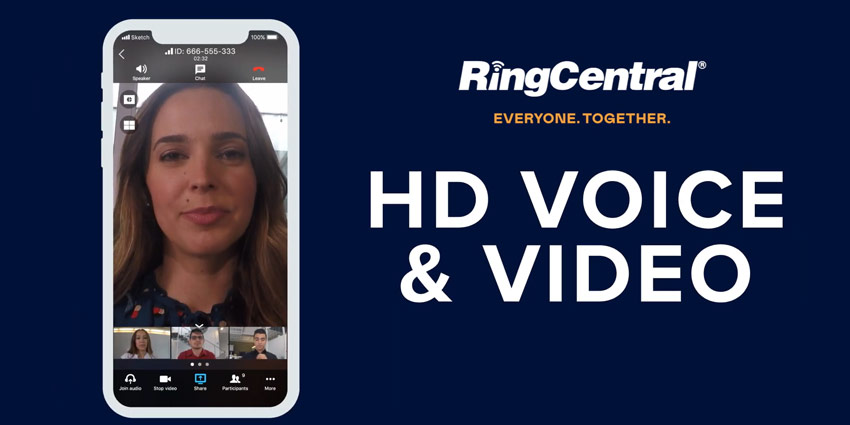The lockdown joke of being asked ‘What’s your background?’ and giving a quick rundown of your professional experience instead of explaining the picture on the wall behind you has led to carefully curated backdrops as more and more users engage in video conferencing while working from home. However, the more serious side is that workers are presenting their employers in informal ways that they would normally consider unacceptable.

Companies have been trying to avoid the worst practices by setting policies for video communications. These extend from simple, consistent requirements such as having video always-on to muting your microphone when not talking. However, these policies aren’t always adhered to and many of us have welcomed the chance to occasionally stay in our pyjamas and eat a packet of crisps while muted with our video switched off.
There are some general rules to coming across well over video conferencing. Some pointers, such as focusing 100% on the interaction, seem obvious from a traditional office perspective but aren’t top of mind when home working. Good etiquette goes a long way and firms such as RingCentral have published blogs of etiquette tips to guide users through the potential minefield.
“The simple reality is that many people don’t have an actual office in their home, and many haven’t been using video conferencing at the rate we’re using it now,” says Anna D’Amato, Affiliate Manager at RingCentral.
“This means meetings may have an occasional child, spouse, or pet in the background. We’d advise that people just accept it and, instead of viewing it as a distraction, choose to see it as one way that business is becoming more human”
These home-based interruptions don’t excuse you from the basics of setting meeting agendas, providing participants with system information so they can connect easily, and presenting yourself professionally. Don’t forget that although you might be in your living room or at your kitchen table you are still at work. Focus on acting professionally, talk clearly and loudly if necessary to ensure your audience can hear you well, and keep track of everyone on the call to make sure you keep your audience engaged.
“Making the best of the current situation means adapting yourself to the conditions,” adds D’Amato. “Make a little effort to consider simple things like lighting, neutral backgrounds, avoiding highly patterned clothes and setting your camera at eye level. And if in doubt, test your sound and video before the meeting begins.”
A lot of basic meeting etiquette extends to video conferencing, with the added context that video is no longer a novelty or a nice to have. As with all meetings, when on a video conference consider your body language and demonstrate active listening, prepare talking points before the meeting and stick to the agenda during, and recap any conclusions and action items to come out of the discussion.
Finally, there are video conferencing platforms out there with a host of features and functions that bring a lot of utility to your video meetings. Functions such as screen sharing, waiting room, mute all – for those big meetings, whiteboards and in-meeting messaging add a layer of collaboration to the call. To get the most out of your video meetings, opt for a market leading provider.







